|
Do you Blackmoor? Do you Come Back Inn? When we began researching the movie we knew almost nothing about the history behind RPG's. What we needed most was to find people who were already experts in their own right when it came to Blackmoor lore. Kevin McColl had a lot of resources, such as Dave Arneson's address book, with names of friends and people in the game business. Then Kevin suggested something odd "There's a couple of guys in Europe who run a Blackmoor Forum called the Comeback Inn--you gotta talk to them!" Suddenly our reasearch went from being focused on Minnesota, to being world wide, as Havard and Rafael came into the fold as researchers. Back then we had a hidden message group on Facebook: Circle Blackmoor. Circle Blackmoor became a hotbed of discussions about all Blackmoor related things. The Comeback Inn Forum is a very useful resource for information. There are people who visit that site from all over the world, and their collective knowledge makes the forum the unofficial home of Blackmoor. What's more, many of the original Minnesota players and some of the original Lake Geneva players respond to posts on that site. Our first contact with Greg Svenson was via messages on the Comeback Inn Forum. Havard tells us these facts about the site: "The forum goes back to 2002. The forum (in its Blackmoor form) is from 2009. The blog was also started in 2009" Havard's most recent Blog Post talks about the difficulties he has had in keeping things going, yet he is very passionate about the site he is definitely not throwing in the towel any time soon. The one thing that stands out in his post is a lack of reciprocation on the side of the new people running forums in the gamer community. This is an issue we have run into, and try to mitigate. For instance, if we use an image from someone else's site, we put a tag on the image to let people know where they can find the original source. Normally we actually embed tags on the image, here will just cite the source: We got it from Havard! We want to thank both Havard and Rafael for their support. Rafael has moved on from helping run the Comeback Inn, and is now working on his writing career--Good Luck Rafe! Both of them volunteered everything they knew about the Blackmoor Bunch, and also helped us contact people early on; that is why they are listed as part of our research team in the movie credits, as they did a lot of heavy lifting during the early 2 years.
Chris and I have always believed that reciprocation and cooperation is the true path to success. We want to take a moment and praise Havard's work on both his blog and the Comeback Inn forum. Thanks again, Havard! If you Blackmoor, well then, you better ComeBack Inn: https://blackmoor.mystara.net/forums/index.php And you should also check out Havard's Blog: https://blackmoormystara.blogspot.com/2018/11/5-reasons-why-building-blackmoor.html?fbclid=IwAR1V_xahyFz4Kl4rC12zclMesSid7El5IpERvGlky9w5cEbibQrRRZOC6ys Take a minute to check out our KickStarter Campaign that is now live: https://www.kickstarter.com/projects/secretsofblackmoor/secrets-of-blackmoor-the-true-history-of-dungeons
2 Comments
Shown: the box and contents of the 1975 edition of Empire of the Petal Throne "[…] So I simply state that it is the most beautifully done fantasy game ever created. It is difficult for me to envision the possibility of any rival being created in the future […]" Gary Gygax, from the forward to Empire of the Petal Throne (TSR, 1975) Here we pose a question: What if you were to enter a Sci Fi world where your primary goal as a player is to understand the rules of this very different and ancient society you are confronted with? Now we pose another question: What if there are many different kinds of RPG's, and the way to understand them is by examining the underlying purpose of the game? Keep these two questions in the back of your mind as you read on. Even after 45 years, M.A.R. Barker's world of Tekumel can still claim the laurels that were bestowed upon it by none other than Gary Gygax. In fact, Barker is often called "The Unknown American Tolkien" due to his extensive development of the history, languages, and alphabets for Tekumel. Yet many gamers seem to be un-aware of this paradigm in game world creation. The most likely explanation is that Tekumel is a deeply personal world; most referee's will have trouble understanding how to run game in Tekumel. Secondly, when it was first released, the game was expensive! Oh, but what a game! The cover art on the box is enough to make most gamer's mouth's water. Peering inside the box one finds a surprising package of goodies. The rule book is standard page size and contains artwork that has forever placed its mark on all the later editions of D&D. If you look at the monster on the cover of the Fiend Folio, you see big pointy shoulder armor, this is indicative of what was originally created in Empire of the Petal Throne. Even the Monster Manual has it's Tekumel influences, which are too many to list here, yet are clearly lifted from Barker. Consider that if you have been playing AD&D and use the Monster Manual, you are also playing a little bit of Tekumel. Shown: Artwork excerpt from the Empire of the Petal Throne rule book Credit must be given to the original artists for bringing something truly unique to gaming. Further digging and one finds even more oddities inside the box. The game comes with a full color map of the great port city of Jakalla. Then one discovers a two part wilderness area map. This is not just an ordinary wilderness area; the two maps comprise an entire planet! As far as we can tell, Barker's published city and world maps are a first in RPG history. (We are always open to being corrected though.) Shown: A close up of the map of Jakalla Some History The title right below the author's name is yet another paradox -- "Rules for Fantasy Adventures and Campaigns on an Alien Planet." Since Barker's game was released in 1975, it is the first Science Fiction RPG ever published. Remember, Metamorphosis Alpha does not get published until 1976. Empire of the Petal Throne is also most likely the oldest Sci FI/Fantasy game setting ever created. Much like Gary Gygax and Dave Arneson, Phil Barker was a great fan of Sci Fi and Fantasy literature. Being much older than both the other RPG creators, Barker was reading everything he could find in the 1940's and this began the creation of his own world setting around that time as a young man. Just like Gary Gygax, Barker wanted to be a writer. As a side note, he did write some novels based in his world of Tekumel. (It is still possibile to locate copies of Man of Gold.) Yet, his most impressive effort was the creation of the game and world setting itself. It wasn't until his arrival in the Twin Cities in 1973, that he began to consider adapting his sci fi novel setting to a game setting. As the the future Faculty Advisor of the U of M gaming club, he was immediately exposed to D&D via Michael Mornard who was running D&D games using pre-publication rules. These very same rules are now known as the Mornard Fragments. More on that manuscript here: http://playingattheworld.blogspot.com/2013/12/gary-gygaxs-1973-d-working-draft.html Another item of historical interest, is the discovery in Phil Barker's garage of the manuscript known as The Dalluhn Manuscript, or Beyond This Point Be Dragons. More on that manuscript here: http://boggswood.blogspot.com/2018/03/secrets-of-not-dalluhn-manuscript.html When tracing how these games came about, one should consider that Barker was watching Mornard run D&D. Thus one can find it plausible that Mornard is in essence, Barker's teacher on how to be a good D.M. Additionally, although Barker begins the creation of his own game after January 1974, his exposure to Mornard's game makes it very plausible that he was either planning things in his head, or making hand written notes before that version was typed up. Those who are close to Barker will say that E.P.T. was created over a 6 week period. Certainly this is highly plausible, as Barker was a professional scholar. Yet, it seems that there is a missing component to this design path that is also worth consideration -- the element of time. It takes time to learn how to play these games - Barker is watching and playing with Mornard. It also takes time to read and fully understand the rules for these games - The presence of Dalluhn in Barker's possessions many years later is a strong indicator for Barker having had a blue print of sorts. It is possible that Barker began to imagine his own game as early as 1973. If Barker could hold entire languages in his head, you'd think he could arrange a game in his head. And of course, there are at least 2 drafts of his game that are self published in the Twin Cities for the players in his inner circle. The first of these drafts we've seen, is covered with hand written notes and is undated. The second is dated to 1974. Shown: one of the two world maps of planet Tekumel, Tsolyanu being the primary human enclave on the planet If one looks at Empire of the Petal Throne, one finds many things that are similar to D&D, yet the combat tables are actually more likely derived from The Dalluhn Manuscript. With D&D, the value needed to hit AC 9 at first level is 10, or a 55% chance, rather than 11, or 50% which is what Barker uses and also matches Dalluhn. This would indicate a high plausibility for Barker's not having used an actual copy of D&D when he created his own game, but rather a derivation of pre-publication D&D. Conjecture is a lot of fun. Another even crazier idea, is that Barker's E.P.T. could have been the influence for The Dalluhn Manuscript. (Not very likely, but lets put that in the hopper just for fun.) One thing we find to be curious about E.P.T. is that although primitive in nature, it is the first published game with Character Skills in it. You can have a character who is a baker and a warrior when you play E.P.T. This points to some of Arneson's ideas that never made it into D&D, yet they appear on David Megarry's "Character Matrix", and in Blackmoor as specialists. It makes us wonder if Arneson and Barker were sharing ideas since they lived in the same cities, and gamed at the same club. We do know that Arneson gamed in Barkers group as Captain Harchar. He was active in that group whenever he would visit the Twin cities, even after he moved to california around 1985. Lets consider some other aspects of Barker's world. While D&D is very focused on creating wild adventures, Barker took the original concept farther and grafted it to what was interesting to him as a professional researcher. And the one thing that is very clear, is that he was fascinated by other cultures, thus he made the first game where you get to be a stranger in a new culture. Playing E.P.T. is like an exercise in being a Cultural Anthropologist. His rules are also extremely rigid in certain ways. This goes against the play style most D&D players prefer. Sitting back and recalling my own first impressions of Barker's game, I too had similar thoughts upon first seeing it back in about '77, or so. This is most evident in how Barker handles his skills and spells, which I will get to shortly. Shown: A Shen and a Ssu locked in mortal combat, note that the Ssu has four legs; many creatures of Tekumel have additional limbs. First one needs to understand how Barker's World Reality is different from D&D. Perhaps the most important aspect of EPT is the social and societal one. Certainly how Barker arranged his skills is odd to most, but he is imbuing his world with both the mechanical aspects of a RPG system, and the social aspects of an alien future society. You could even say that he is bending the rules to match his society, rather than the other way around. Barker's societies look like amalgamations of what one would find in india, and what one would find in Central America with the Mayans and Aztecs. He may also be drawing from all human history, thus even Feudal Japanese society may be an infusion. And a key component of what Barker creates, is a society that is very hierarchical and organized -- Don't Rock the Boat! Barker's chosen discipline was linguistics, yet he was likely very widely read. The cross over into cultural anthropology is very strong. Even with languages, ideas about clan and belonging within a social order are present. We no longer use Thou in english, yet it was a very important way of showing respect through formal language. D&D draws it's societal ideas from Chain Mail, with its ideas of Lawful, Neutral, and Chaotic. E.P.T. treats alignment as a form of religious connection. E.P.T. has Gods of Stability and Gods of Change. If you play E.P.T. your character cannot exist without social connections, such as a clan and temple affilitation. This is where a D&D player will shrink away from E.P.T. The D&D gamer approach is generally one of: I get to do anything I want without any limits at all. Upon seeing Barker's layered system for skills and spells, it just seems like it is all wrong, yet within Barker's ideas about a stratified society with strict taboos about appearances, it makes complete sense. Again, a good contrast to this is the looseness of most D&D games where Clerics simply declare a god, or can even make one up, without any kind of social retribution for not fitting into the norm. E.P.T. is all about fitting in with your clan or other organization. How a Fighter or a Magic user gains ability within Barker's system is closely tied to "This is how WE do things, because WE have always done it this way." Sure, you may know how to use X weapon, or spell, but if you are part of our cohort, we do not do that. Please put that long bow, or spell away, or you will embarrass the entire unit. Shown: Examples of Tsolyani Alphabet from E.P.T. rule book These ideas in Barkers game come from the real world, and how real cultures work. A while back I read several interesting papers: one was about spear head design in Africa; the other was about personal adornment within early societies. The spearhead article talked about how testing of the different shapes indicated that the form was not evolved as a process for increasing function; rather, the shape of a certain tribe's spear heads was an indicator of affiliation. When they asked members of one tribe why another tribe made their's differently, the response was something like when you ask someone why they like the Vikings and not the Packers, "Because those guys are jerks." The article on adornment was equally as informative. Our modern assumptions about clothing and makeup have to do with wanting to be different and being unique. We assume that people want to stand out. Yet, the researcher who was examining these other cultures was seeing the exact opposite result. What she was seeing, is that all the outrageous make up and adornment is not a way to draw attention to yourself. It is a way of fitting in and becoming anonymous within the society. People in most societies want to fit in. Barker designed Tekumel long before either of these papers were written, yet he understood that without family, friends, clan, and temple, we don't survive long in any society. Shown: detail of map showing the surrounding area near Jakalla One of Barker's original inner circle of gamers is Chirine Bakal, I often speak with him about Tekumel. My impression from these conversations is that Barker was trying to teach his group to change their social paradigms when playing EPT. One thing he did not want, was for people to use western ideals about morality and propriety. Consider this old parable about Buddha. It is an apt example of how western thought is different from eastern thought. I will paraphrase a bit: Buddha is on a boat trip with a group of people. At a certain point, he becomes aware that one of the people is plotting to sink the boat thus killing everyone. In order to keep the person from killing everyone onboard, Buddha picks the person up and throws him overboard and the man drowns. In a western society, we will think that Buddha had to do that because it was the only way to save everyone's lives. Yay, Buddha saves! A buddhist might say that Buddha was trying to prevent the man from accruing bad karma in this life, that would lead him to be reborn as a lower form in his next life. Since Buddha has already attained a great deal of enlightenment, he is willing to take on the bad karma himself, while saving the other man from suffering through a longer path to enlightenment in his future lives. Buddha has made a great personal sacrifice in killing the unstable man. Maybe those examples and ideas will help you understand the why of how E.P.T. is designed the way it is, and that the first thing you have to completely let go of, are any preconceptions about individuality and free will, as those are modern constructs of how you are as a real person. If you insist on keeping your modern values, you won't do well in a game of Empire of the Petal Throne. This is all built into the original EPT rules. A 1st level character isn't given free reign to wander around the city. As a visitor who has just arrived in Jakalla, you are limited to staying within the visitors quarter of the city. This is how the society tells you that, you either learn to adapt to our rigid society, or we will deal with you accordingly, and send you on the high ride -- impaled by a big stick on the city walls. Shown: Drawing titled, Two Pei Choi Exploring the Underworld - from the E.P.T. rule book
Remember those two questions we posed to start with? Is it possible that his game is so heavily weighted with a unique background and flavor, that although this is an RPG, its real purpose is the exploration of history and cultures? While many would like to define Barker's game as merely a D&D spin off, the fact that his game is being created at such an early date would imply that it is much more than that. What is more, while Blackmoor and Grey Hawk are both deriving their world settings from a mishmash of Western Fantasy literature and Faery Tales, Tekumel is an entirely self contained invention. Nothing is being lifted directly from traditional fantasy. Although E.P.T. has always had a great following from its die hard fans. It has never really gained the wide appeal that traditional game settings have, which is somewhat of a sad state of affairs, considering that both of the creators of D&D, Gary and Dave, praised Barker as a referee and his Tekumel as the Cadillac of world settings. If you are lucky enough to locate someone who is well versed in the cultures of E.P.T. and is willing to run you through a game; my best advice is to sit back and enjoy the ride. I personally feel fortunate to have played in Victor Raymond's E.P.T. game at GaryCon last March, yet it is really difficult to find referee's who learned at the feet of M.A.R. Barker himself, and the game has been out of print for some time. Yet, there is still hope! Last year, the Tekumel Foundation republished the original game. It comes in a beautiful hard bound edition, a soft cover edition, and as a downloadable PDF. Even if you don't plan on running Tekumel yourself, it is a must read volume for every serious referee. For more information and links to game products visit - http://www.tekumel.com/ Make sure to keep up on latest developments on the documentary, get on the mailing list here on this website. |
DVD'S, Books, T-shirts, games and more available on our store.
AuthorSecrets of Blackmoor is a Feature-length documentary about the birth of the “Mother of all Games;” Dungeons & Dragons. Archives
January 2024
Categories |
Privacy Policy
All Contents Copyright © 2023 The Fellowship of the Thing, Ltd. - All Rights Reserved
All Contents Copyright © 2023 The Fellowship of the Thing, Ltd. - All Rights Reserved

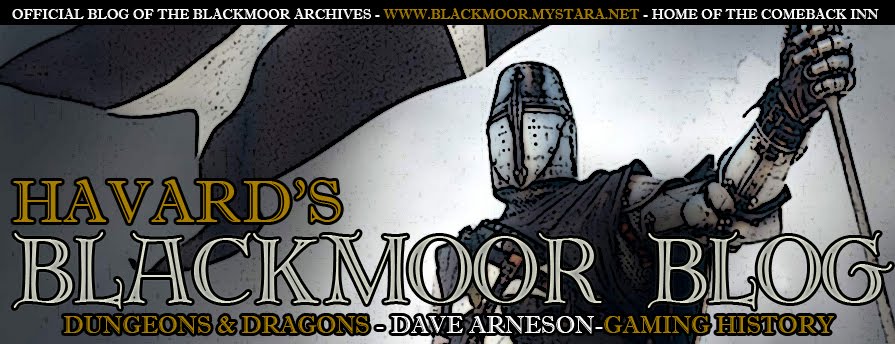

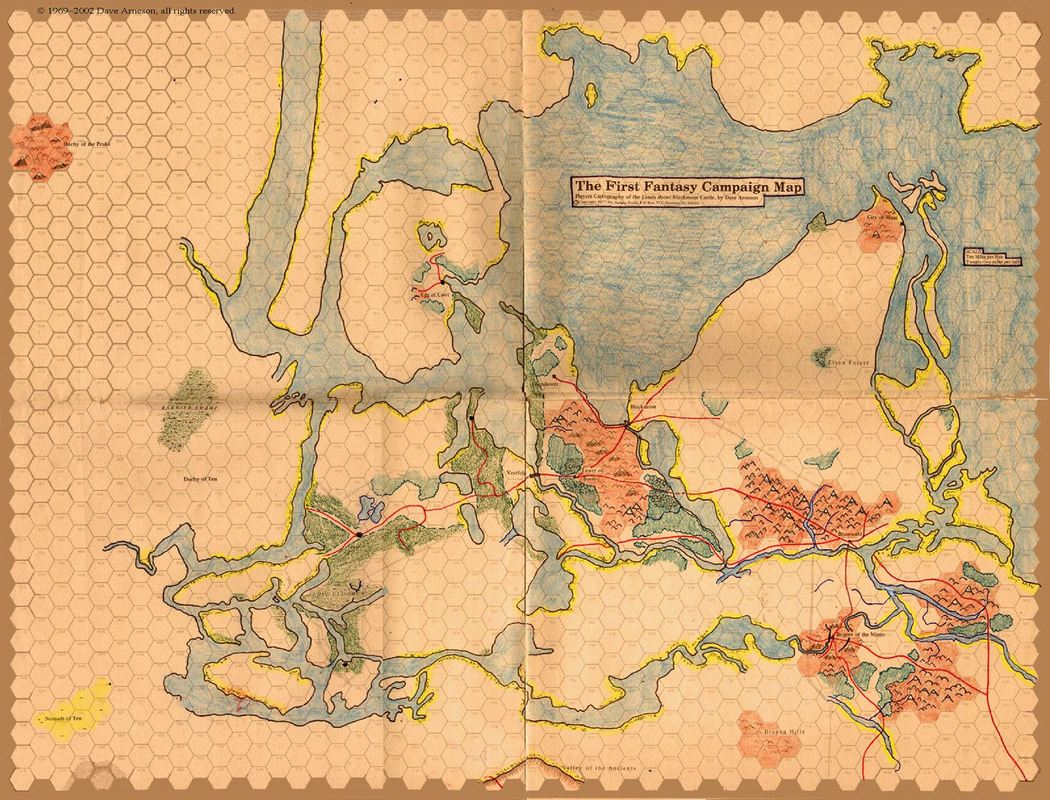
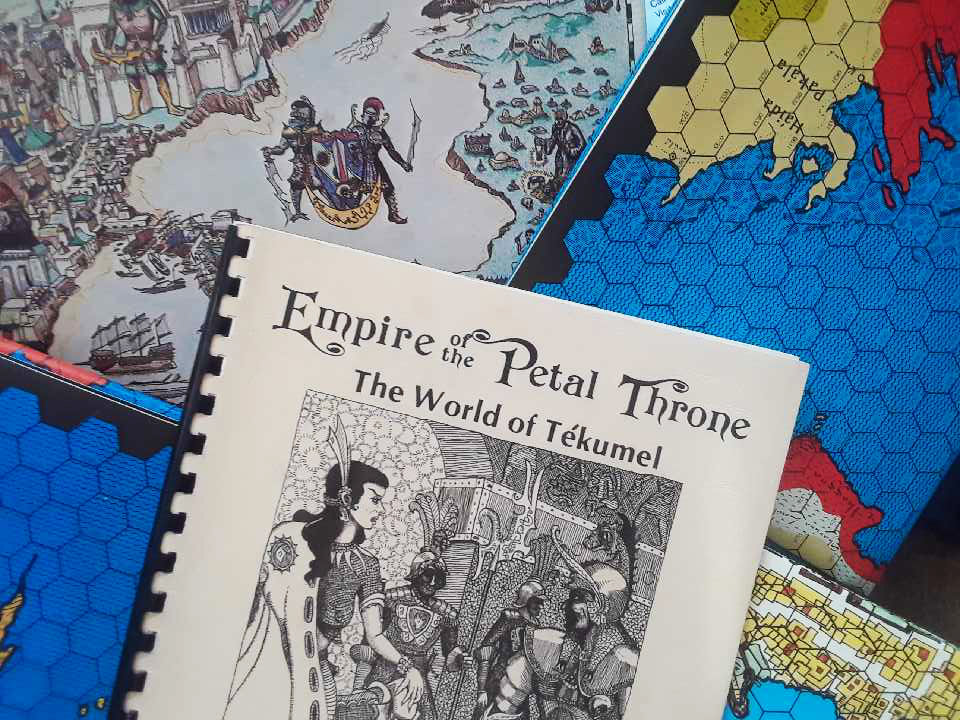
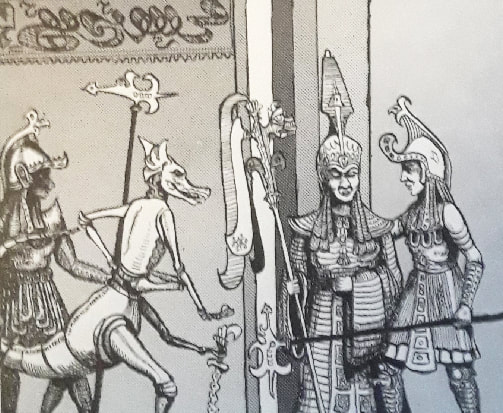
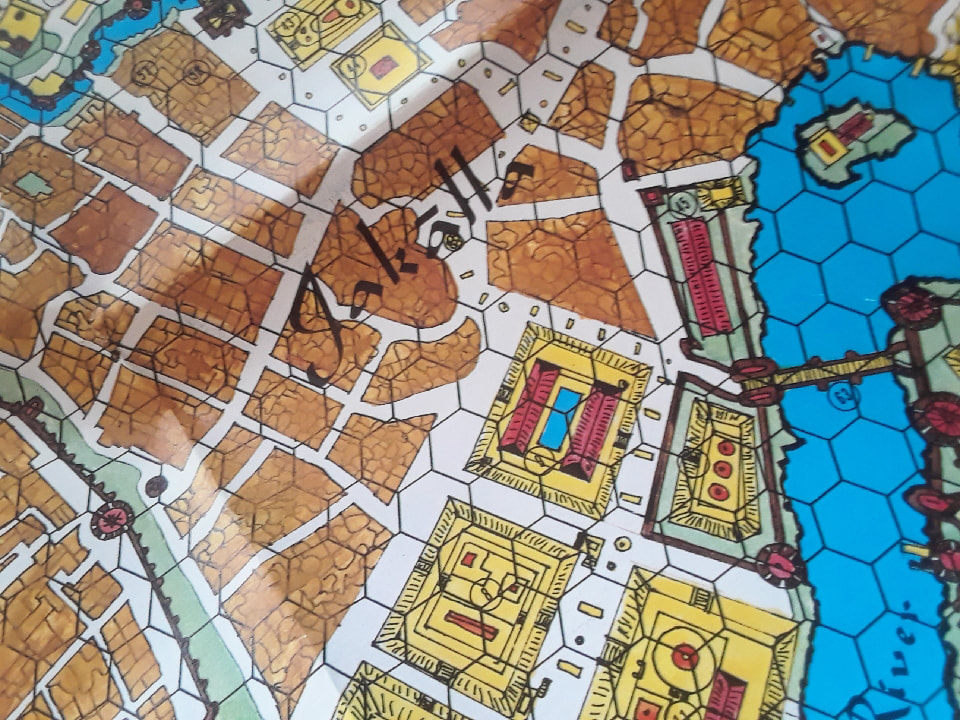
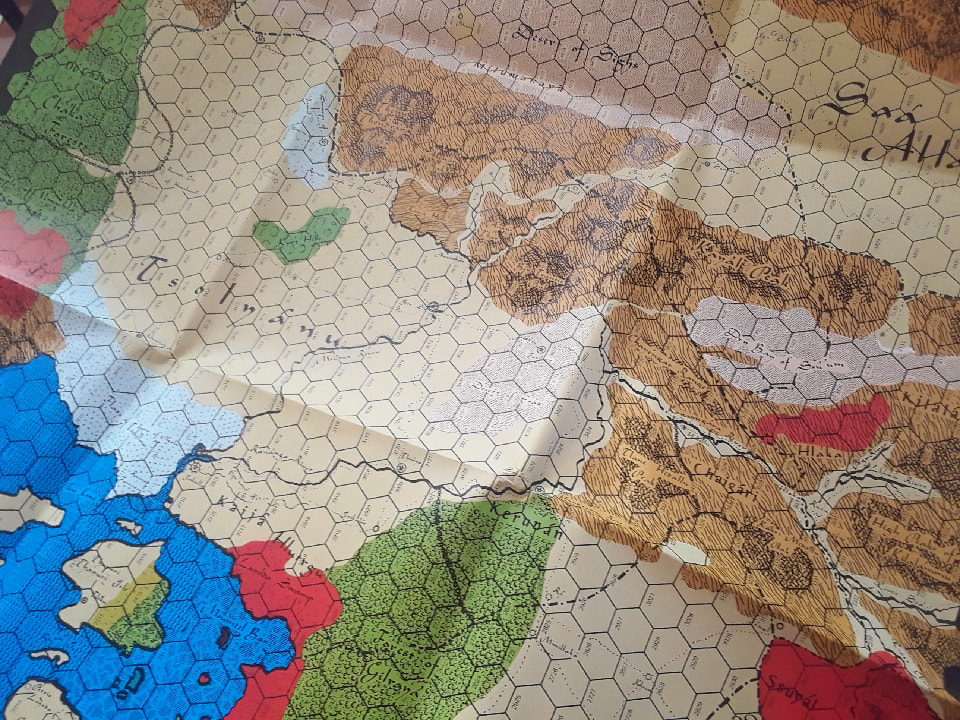
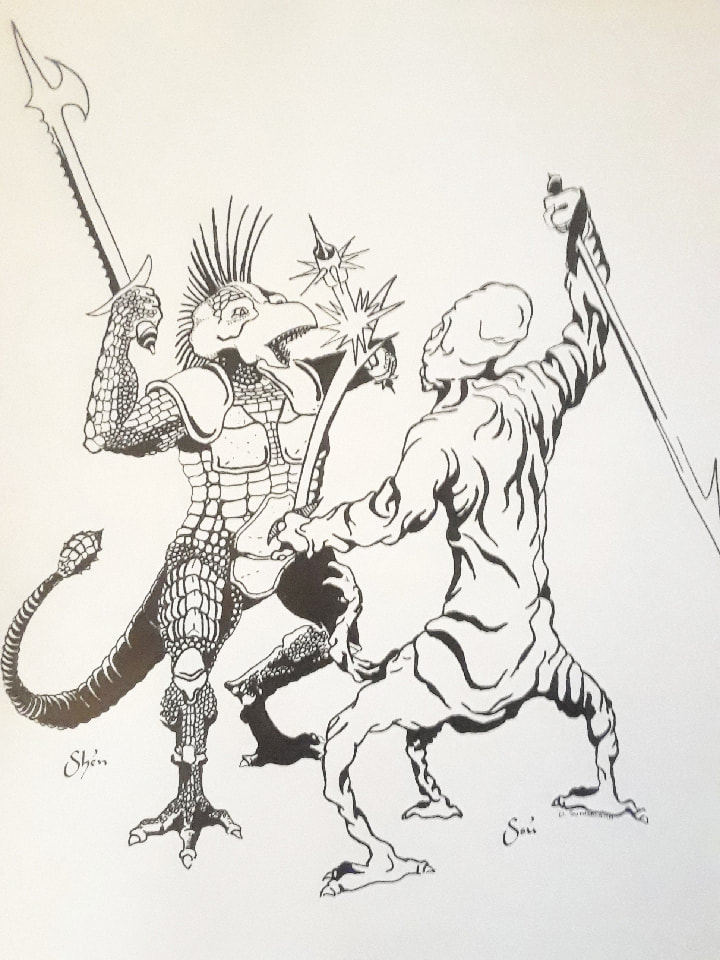
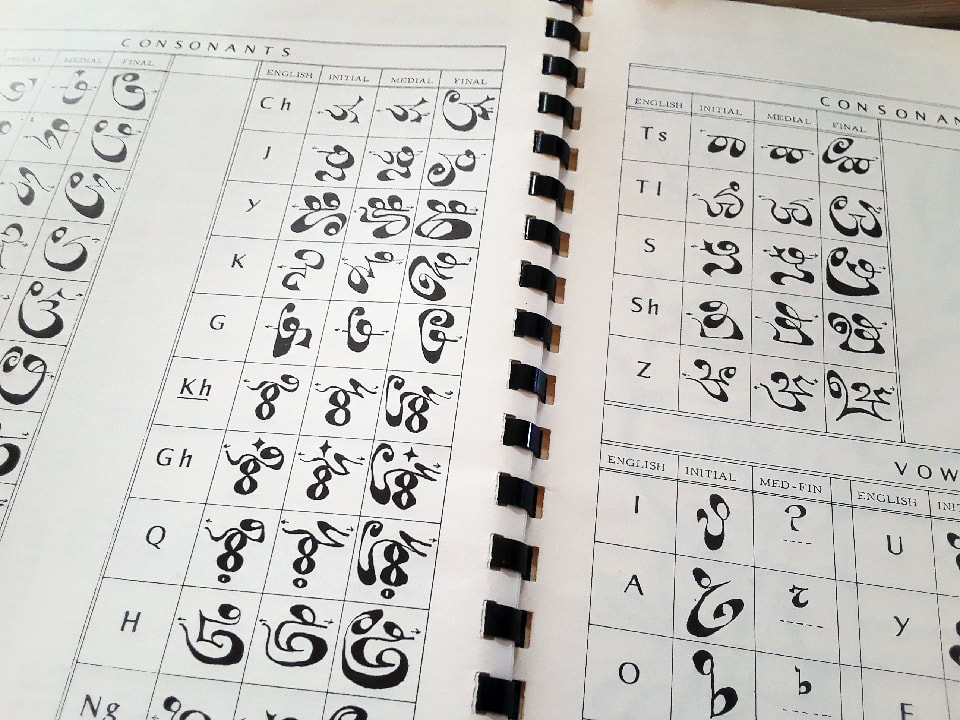
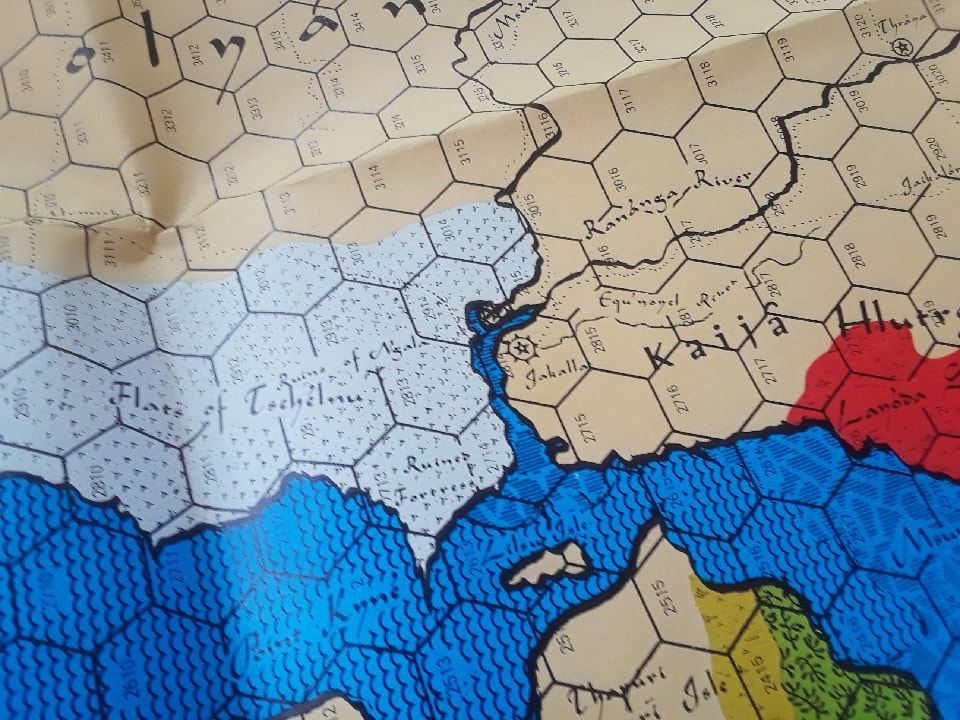
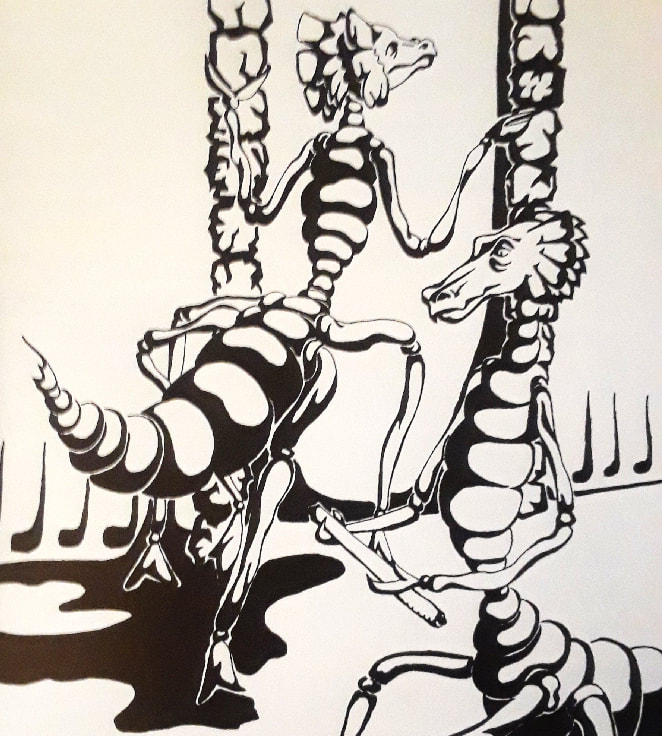
 RSS Feed
RSS Feed